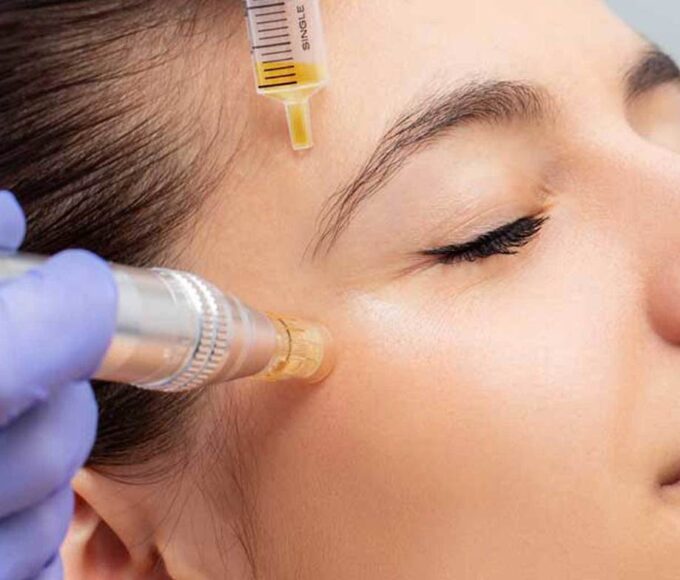If you’ve ever stood under a weak shower stream or waited too long for your washing machine to fill, you’ve likely experienced low water pressure. It’s one of those small issues that can quickly become a big annoyance.
At Drain One Plumbing, we help homeowners fix water pressure problems fast—with expert testing and long-term solutions. This easy-to-follow guide breaks down what causes low pressure, how to test it, and what you can do (on your own or with professional help) to get it flowing strong again.
🚿 What Is Water Pressure, Anyway?
Water pressure is the force that pushes water through your pipes and out of faucets, showers, and appliances. It’s measured in PSI (pounds per square inch). The sweet spot for most homes is between 40 and 80 PSI.
Too low? Your shower might feel like a drizzle. Too high? Your pipes could wear out faster. That’s why regular water pressure testing is a smart move—especially if you’re noticing changes.
🛠️ What Is Water Pressure Testing?
Water pressure testing checks if your home’s water pressure is where it should be. It helps spot hidden problems like:
- Leaks
- Clogs
- Failing pressure regulators
The test is usually done using a pressure gauge, which attaches to a faucet (most often an outdoor spigot) and gives you a PSI reading.
At Drain One Plumbing, we use high-precision tools to test pressure and pinpoint any issues before they get worse.

⚠️ Common Causes of Low Water Pressure
Wondering why your water isn’t flowing like it used to? Here are some typical reasons:
1. Clogged Pipes
Minerals, rust, and debris can build up inside pipes, especially in homes with hard water. This narrows the pipe’s path, slowing water flow.
2. Leaks
Even small leaks can lower your pressure. Water escapes before it gets to your faucet, so you end up with weak flow.
3. Bad Pressure Regulator
If your home has a pressure regulator and it’s not working right (or is set too low), it’ll keep your water pressure down.
4. City Supply Issues
Sometimes the problem isn’t in your home—it’s in the city’s water lines. Maintenance, high demand, or old infrastructure can drop your pressure.
5. Old or Corroded Pipes
Older homes may have metal pipes that corrode over time. This makes it harder for water to flow freely.
6. Too Much Water Use at Once
If everyone in your house is showering, running the dishwasher, and doing laundry all at once, the pressure naturally dips.
🧪 How to Check Your Water Pressure at Home
You can test your water pressure with tools from a hardware store or just by using your senses. Here’s how:
✅ Use a Pressure Gauge
- Buy one from your local store.
- Attach it to an outdoor faucet.
- Make sure all water is off inside.
- Turn the faucet on and read the gauge.
- 40–80 PSI is ideal. Under 40? It’s too low.
✅ Check Your Fixtures
Does your shower feel weak? Does the sink dribble instead of flow? These are signs you might have a problem.
✅ Compare Rooms
Is the pressure good in the kitchen but bad in the bathroom? You may have a local issue—like a clog or buildup in just one pipe.
🧰 Simple DIY Fixes for Low Water Pressure
Before calling a plumber, try these quick and easy fixes:
🧼 Clean Your Showerheads & Faucets
Mineral buildup can clog small holes in showerheads and aerators.
Soak them in vinegar overnight and scrub gently.
🔍 Check for Leaks
Look around exposed pipes. Wet spots, mold, or musty smells could mean you have a leak affecting your pressure.
🔧 Adjust the Pressure Regulator
If you have one (usually near the main water shut-off), you can turn the screw slightly to increase pressure.
⚠️ Don’t go over 80 PSI—that’s too much for most home systems.
🚀 Install a Booster Pump
Still struggling with weak flow even after trying everything? A pressure booster pump can give your system the push it needs.
👨🔧 When to Call Drain One Plumbing
DIY tricks not working? It might be time to bring in the pros. Call Drain One Plumbing if:
You’ve cleaned, checked, and adjusted—but pressure’s still low
You hear strange noises in your pipes
You suspect hidden leaks or aging pipes
Your home’s plumbing is over 30 years old
The pressure goes up and down constantly
We’ll diagnose the issue, fix the problem, and get your water flowing right again.
💪 How Drain One Plumbing Can Help
Here’s what we offer:
Precise pressure testing using advanced tools
Full system inspection to check for leaks, clogs, or regulator problems
Repair or replacement of old or damaged pipes
Pressure booster installation
Affordable upgrades to modern plumbing parts
After testing, we’ll give you a clear, simple report and a personalized plan to fix the issue—fast and hassle-free.
✅ Final Thoughts
Water pressure matters. It keeps your showers strong, your appliances running smoothly, and your plumbing in good shape.
If you’re tired of low pressure ruining your routines, it’s time to take action. Start with a few simple checks—and if things still aren’t right, give Drain One Plumbing a call. We’ll make sure your water pressure is where it should be.
💬 FAQs
1. How do I know if my water pressure is too low?
Weak water flow from faucets and slow-filling appliances are common signs.
2. What PSI is considered low water pressure?
Anything below 40 PSI is too low. Above 80 PSI can be too high.
3. Can cleaning my faucet really help?
Absolutely! Mineral buildup in aerators and showerheads is a common pressure problem and is easy to fix.
4. Why does my pressure change during the day?
It could be high demand in your area (like mornings) or issues with your plumbing system.
5. Can Drain One Plumbing fix it?
Yes! We’re experts at diagnosing and fixing low water pressure, fast and affordably.
- Clogged Pipes
- DIY Plumbing
- Drain One Plumbing
- Home Plumbing Maintenance
- How to Fix Low Water Pressure
- Increase Water Pressure
- Leaking Pipes
- Low Water Pressure
- Plumbing Booster Pump
- Plumbing Problems
- Plumbing Repairs
- Plumbing Services
- Plumbing Tips
- Pressure Regulator
- PSI Water Pressure
- Residential Plumbing
- Shower Pressure Fix
- Water Flow Issues
- Water Pressure
- Water Pressure Testing














Leave a comment